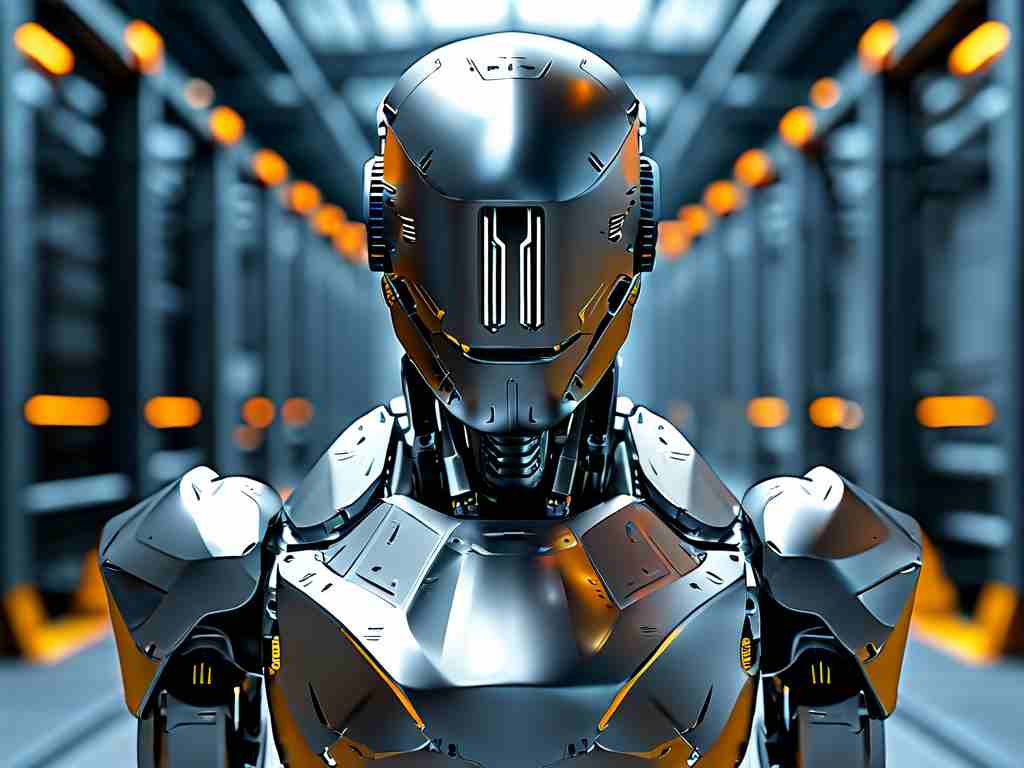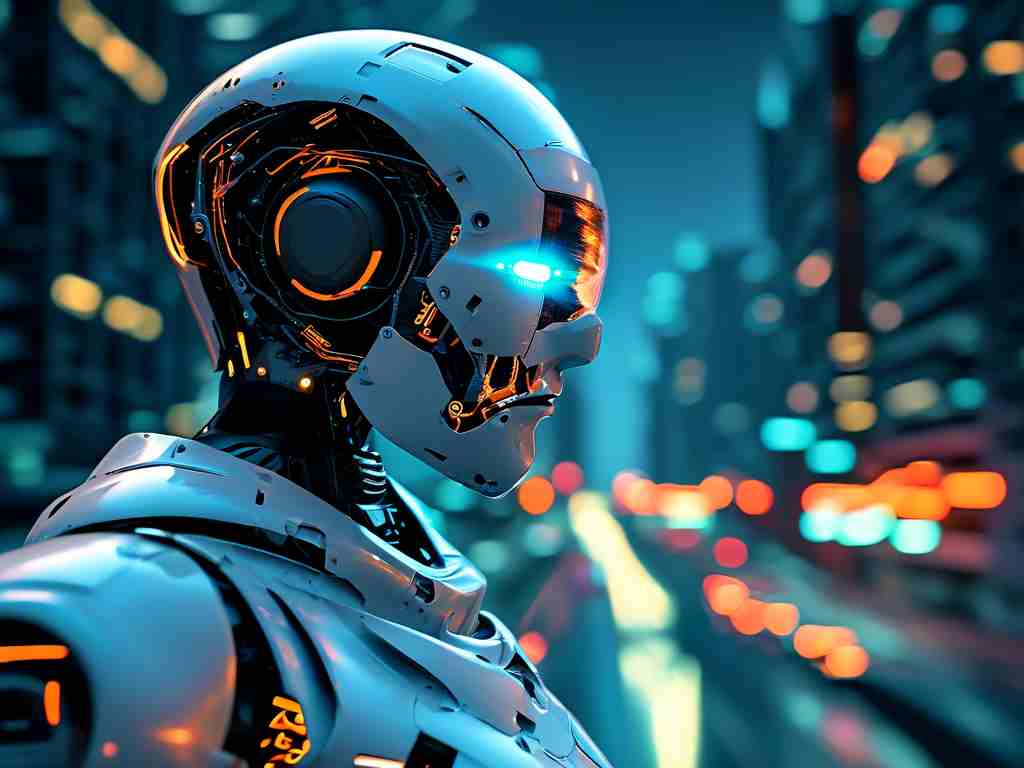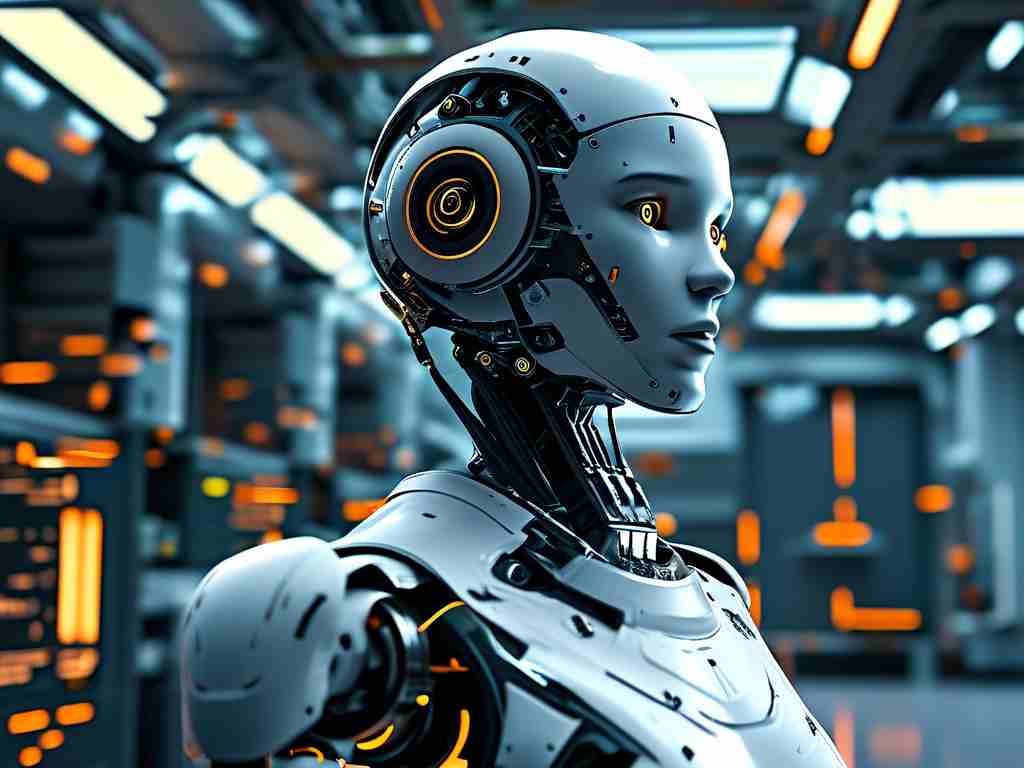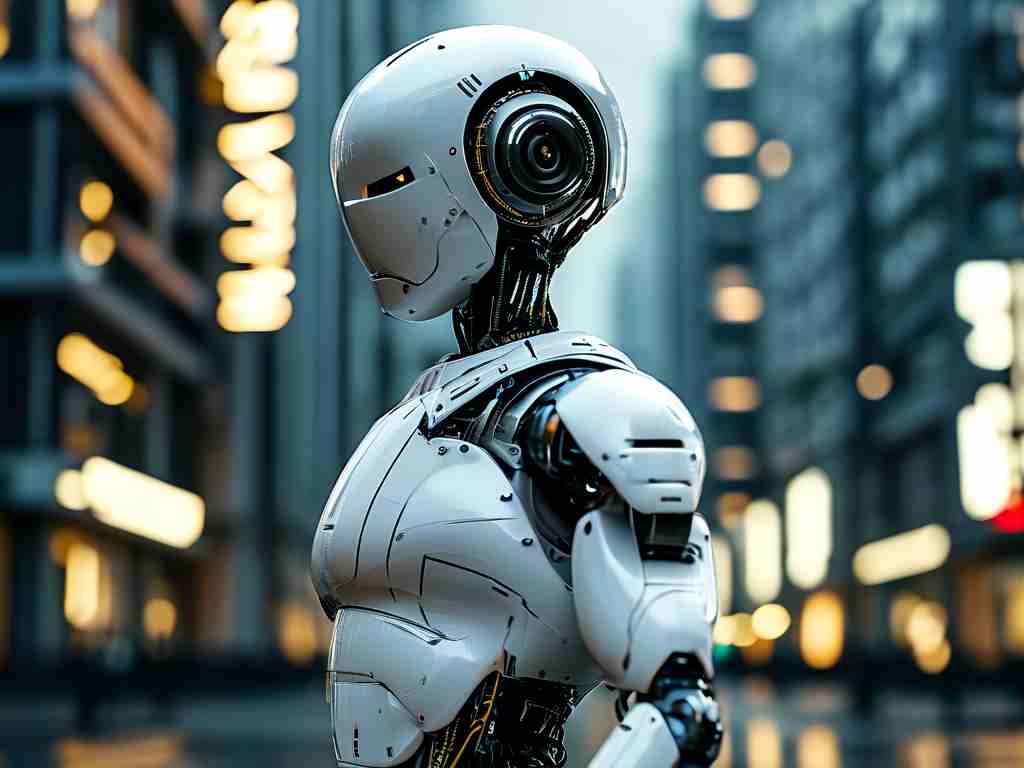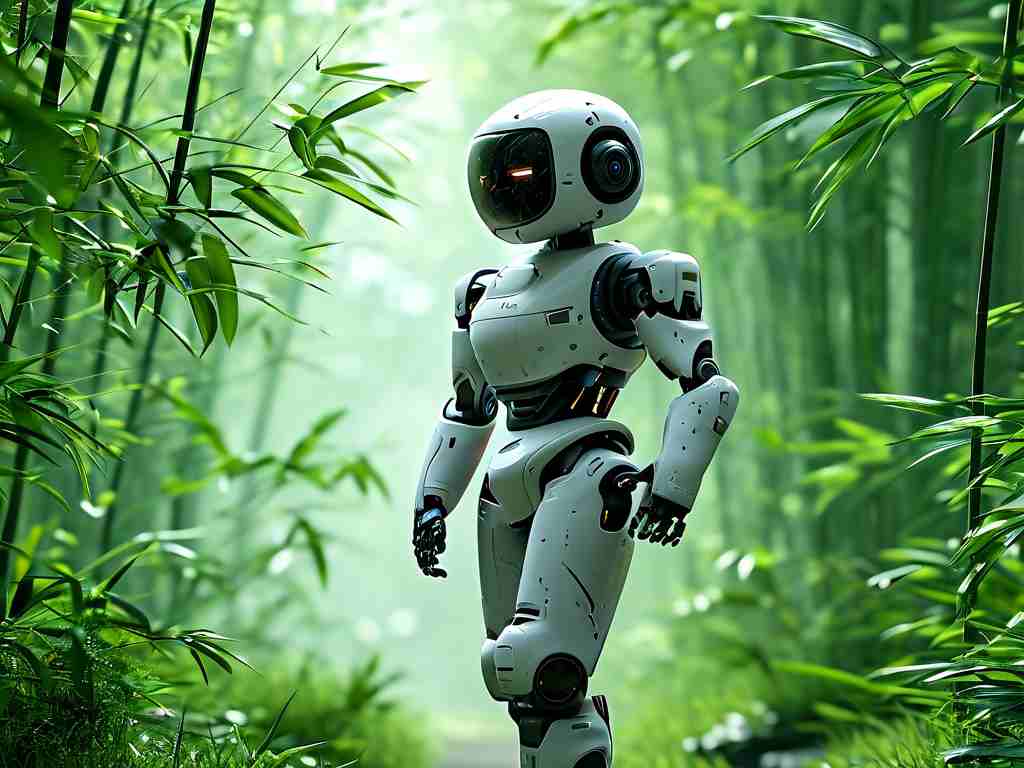The chemical manufacturing industry has entered a transformative era with the integration of AI-powered robotics. These advanced systems are redefining operational efficiency, safety protocols, and innovation cycles. By leveraging machine learning algorithms and autonomous decision-making capabilities, chemical plants are overcoming long-standing challenges in hazardous environments, complex process optimization, and resource management.
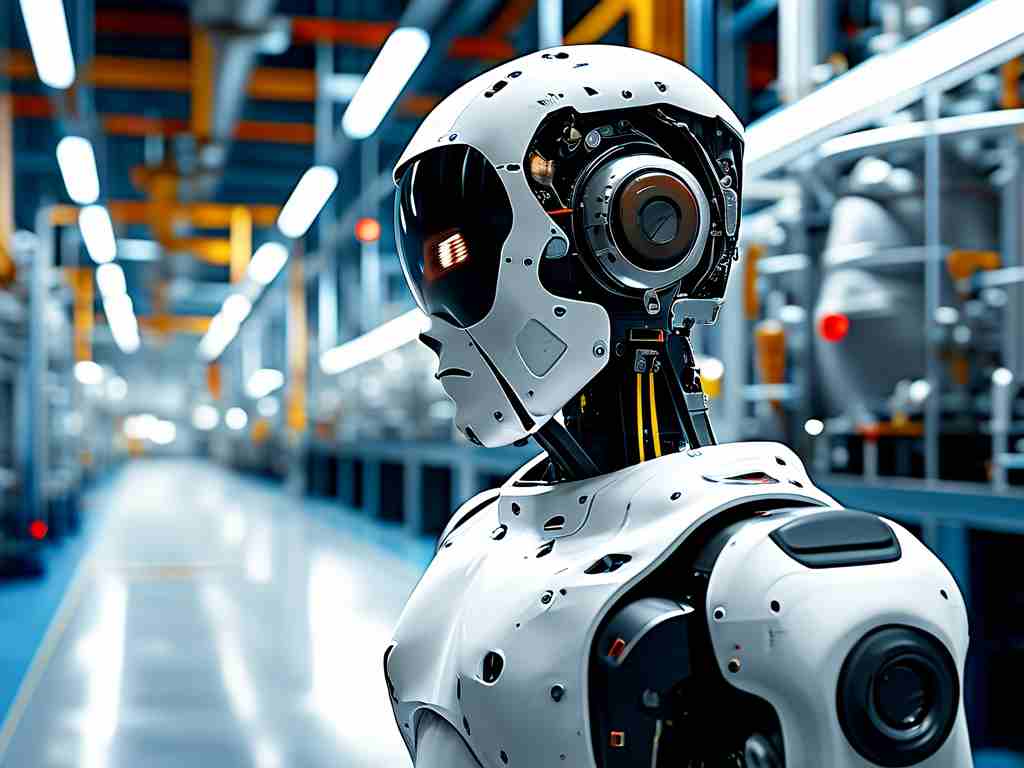
Revolutionizing Hazardous Operations
One of the most critical applications of AI-driven robotics in chemical manufacturing lies in handling dangerous tasks. Traditional processes often expose human workers to toxic substances, extreme temperatures, or high-pressure scenarios. Smart robots equipped with multisensory feedback mechanisms now perform duties such as reactor maintenance, leak detection, and waste disposal. For instance, autonomous drones with gas-sensing cameras patrol storage facilities to identify volatile organic compound leaks 50% faster than manual inspections. These robots use reinforcement learning to adapt their inspection routes based on historical risk patterns, significantly reducing workplace accidents.
Precision in Process Optimization
AI robotics excels in optimizing intricate chemical reactions. Machine vision systems paired with robotic arms analyze real-time data from chromatography instruments, adjusting catalyst dosages or temperature gradients within milliseconds. A notable case involves polymer production lines, where neural networks predict molecular weight distributions and dynamically tweak monomer feed rates. This has slashed batch rejection rates by 34% across multiple petrochemical plants. Such precision minimizes raw material waste while ensuring consistent product quality—a feat unattainable through conventional programmable logic controllers.
Predictive Maintenance Networks
The marriage of IoT-enabled robotics and AI has birthed self-diagnosing maintenance frameworks. Robotic crawlers embedded with ultrasonic sensors inspect distillation column welds, transmitting thickness measurements to cloud-based analytics platforms. Deep learning models correlate this data with corrosion rate databases, forecasting equipment failures three weeks in advance. At a major ammonia synthesis facility, this technology reduced unplanned downtime by 41% in 2023. Maintenance robots also autonomously replace worn valves using standardized protocols, eliminating human error in repetitive tasks.
Challenges in Implementation
Despite these advancements, barriers persist. Proprietary data silos between robotics manufacturers and chemical corporations hinder algorithm training. Many plants struggle with retrofitting legacy infrastructure—80-year-old piping systems lack the digital interfaces required for robotic manipulators. Cybersecurity vulnerabilities also loom large; a 2022 incident saw hackers alter robotic mixing parameters at a European dye factory, causing $2M in spoilage. Cross-industry collaborations are emerging to address these issues, with consortia like ChemBot Alliance developing open-source communication protocols for heterogeneous robotic fleets.
Sustainability Through Automation
AI robotics plays a pivotal role in achieving green chemistry objectives. Solar-powered inspection robots at ethylene plants now monitor flare stack emissions with 0.1ppm accuracy, enabling real-time combustion optimization. In lithium battery material production, swarm robotics coordinates precise coating applications, reducing solvent waste by 28%. These systems align with circular economy principles by enabling closed-loop processes—a robotic sorting arm at a German chemical recycler identifies and separates 17 types of polymer blends at 200 items/minute, boosting recycling yields.
Workforce Evolution
Contrary to displacement fears, AI robotics creates hybrid roles. Technicians now oversee robot teams using augmented reality dashboards that display predictive analytics and anomaly alerts. At BASF’s Ludwigshafen complex, veteran operators train machine learning models by simulating rare chemical spill scenarios in virtual environments. This symbiosis between human expertise and robotic execution is cultivating a new generation of “cyber-physical engineers” skilled in both chemical kinetics and robotics programming.
Regulatory Frontiers
Governments are scrambling to update safety frameworks for AI-driven chemical robots. The U.S. EPA’s draft guidelines mandate triple redundancy in robotic emergency shutdown systems, while China’s MIIT requires all chemical process robots to undergo adversarial AI testing. These regulations aim to prevent edge-case failures, such as a robot misclassifying viscous fluids as solid waste. International standards bodies are proposing certification protocols for neural networks used in explosive atmosphere robots (ATEX Zone 0), ensuring algorithmic stability under extreme conditions.
Future Outlook
The next phase will see liquid-handling robots with quantum computing interfaces designing novel catalysts through combinatorial chemistry. Early prototypes at MIT have synthesized 22 previously unknown metal-organic frameworks using robotic labs guided by quantum annealing algorithms. As 5G-enabled tactile robots become mainstream, remote-controlled chemical plants operated from control centers thousands of miles away may become standard practice—a crucial step toward disaster-resilient manufacturing.
In , AI-powered robotics is not merely automating chemical manufacturing but fundamentally reimagining its possibilities. From molecular-scale precision to planetary-scale sustainability impacts, this technological convergence promises to solve century-old industrial dilemmas while unlocking unprecedented innovation pathways. As chemical enterprises navigate this transformation, strategic investments in adaptive robotics ecosystems will determine their competitiveness in the low-carbon economy era.


